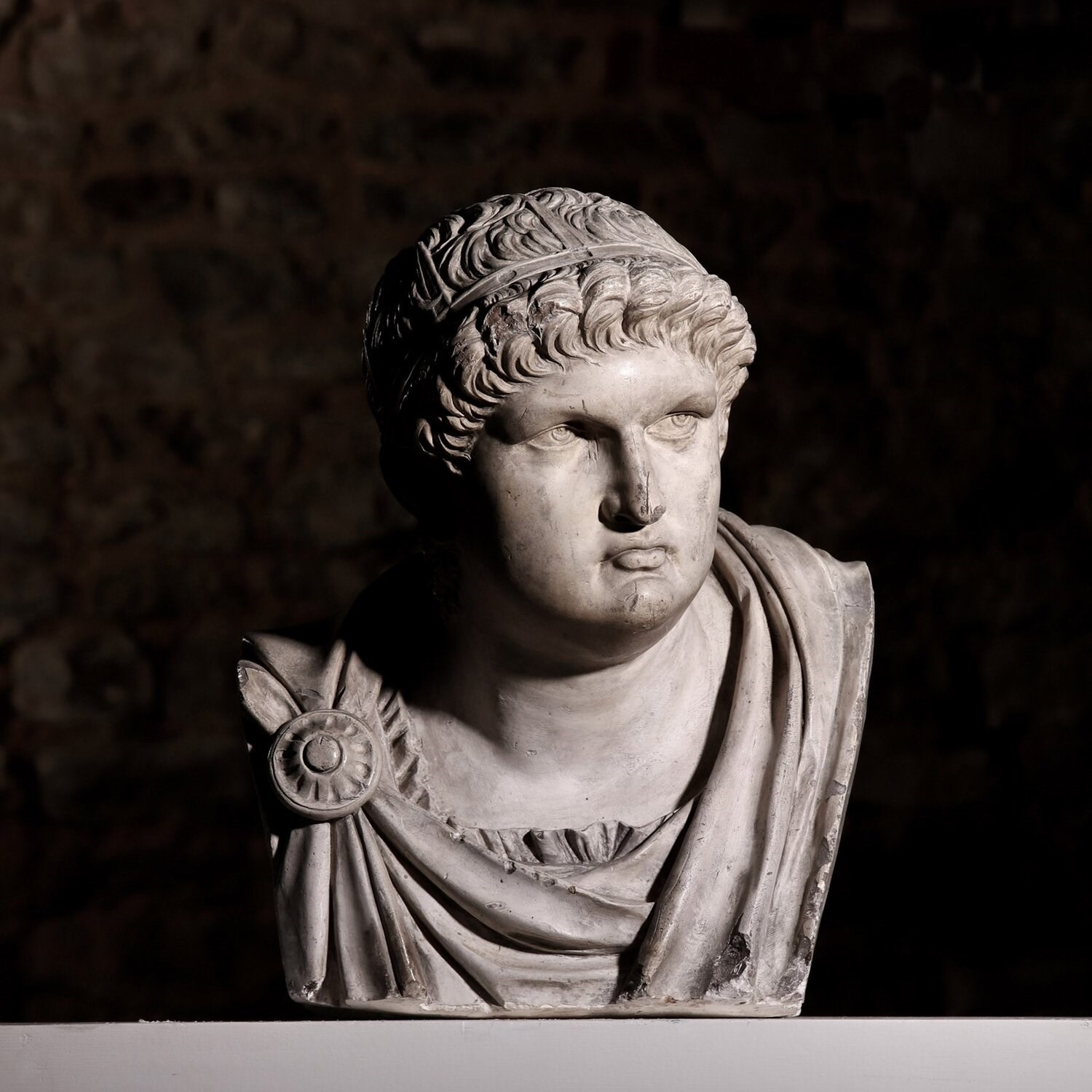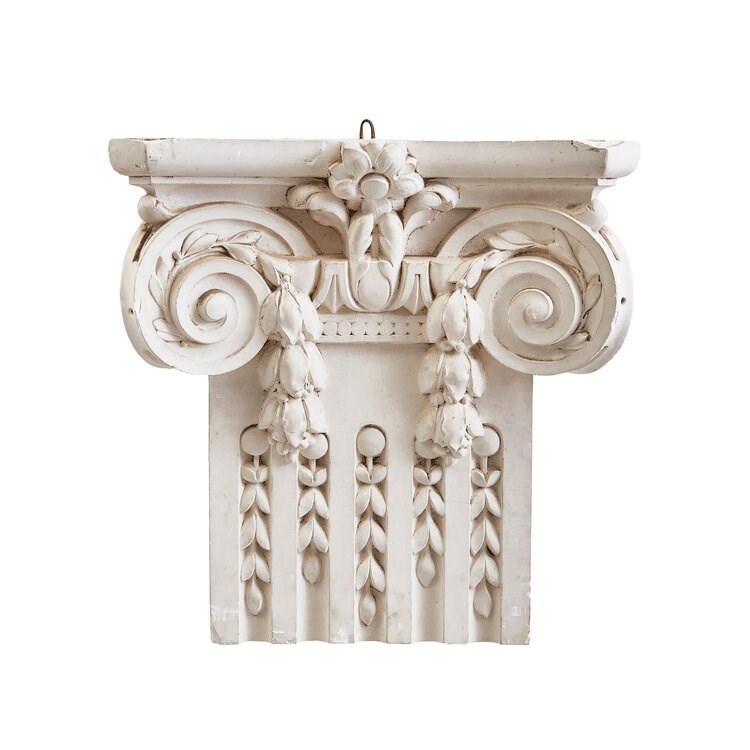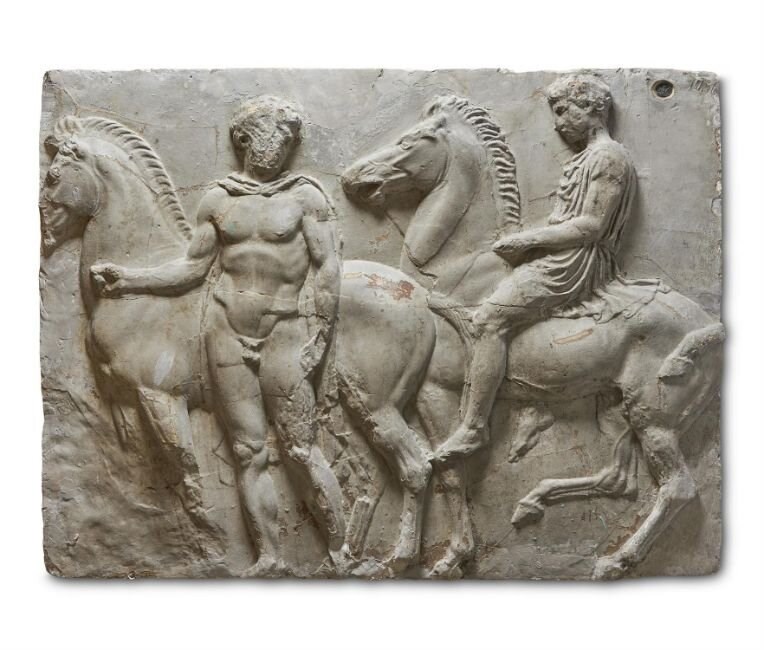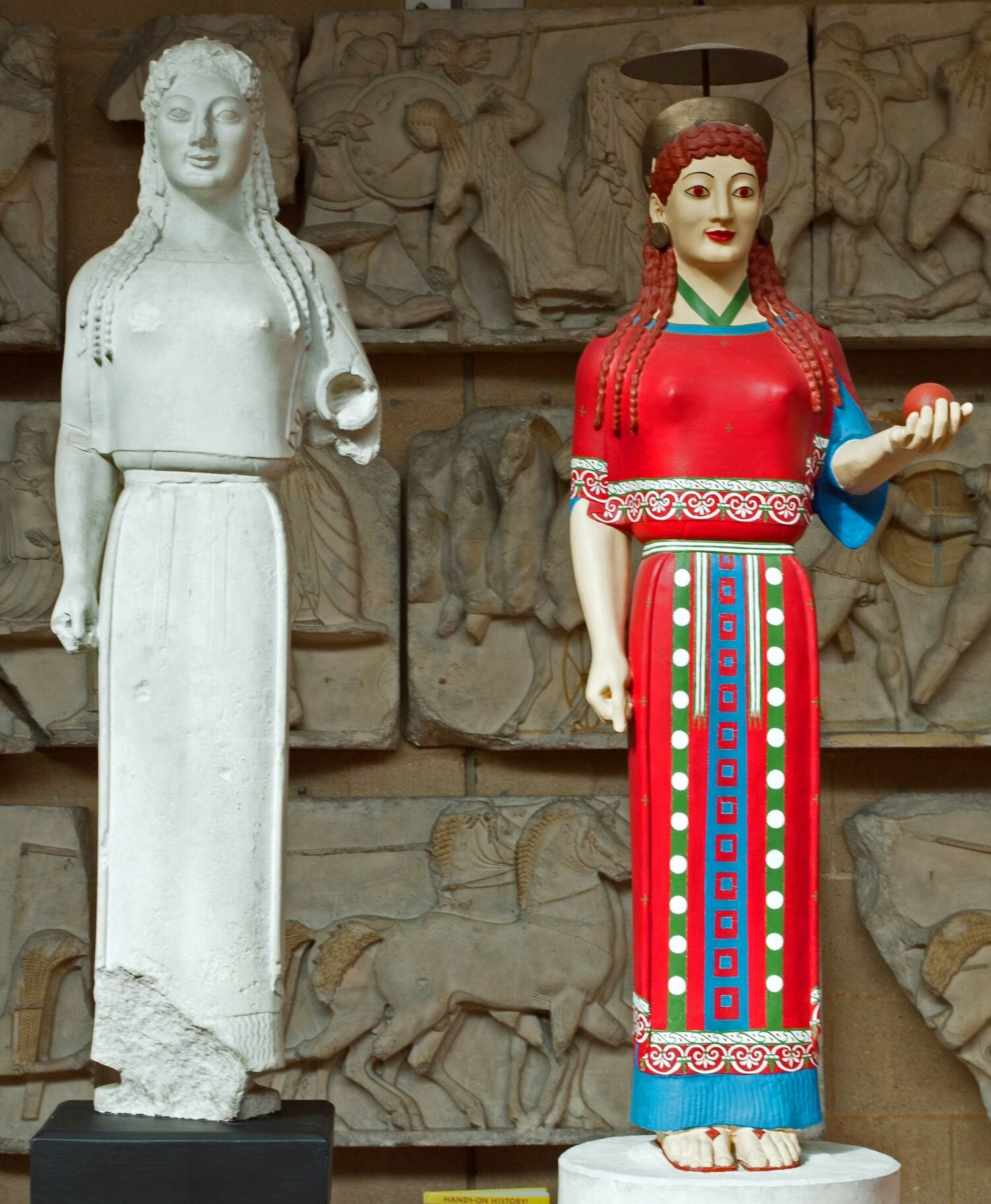Casts and Copies
10 June 2021
ShareThe enduring attraction of the plaster cast.
Billy Jobling
Billy Jobling is Senior Writer and Researcher in the Post-War and Contemporary Art department at Christie's, London.

19th century plaster bust of Nero, France, circa 1860, H: 57cm x W: 37cm x D: 22cm.
Image courtesy of Vagabond Antiques.
With the recent frenzy for NFTs, the art world’s long-standing authenticity obsession has arrived at a metaphysical extreme. An NFT, or non-fungible token, is effectively a contract that certifies the ownership of a digital artwork. While that artwork—be it Tweet, gif, jpeg or video—might be infinitely and identically reproduced online, the NFT is unique. It allows the collector to feel they own the original, stable and definitive work from which all others are derived, despite the fact that no such original materially exists. To own an NFT is to claim the elusive essence of the real thing.
In the more tangible realm of sculpture, the line between original and copy seems clearer. An ancient Greek or Roman marble—an artwork often equated with the very word ‘antique’—is surely more valuable and important than a plaster cast of that same statue. The cast is not the real thing, and doesn’t carry the same history. Far from being soulless replicas, however, casts are often artistic creations in their own right. Not just more affordable and mobile than their marble counterparts, they also tell fascinating stories about our changing relationship with the past, and provide opportunities for playful and thought-provoking display.
The plaster cast’s heyday was in the 19th century. While European society held classical and Renaissance art in high esteem, seeing its greatest glories in person—even as rail travel opened up the continent—was possible only for the privileged few who could afford a Grand Tour. Casts offered access to this cultural grandeur at home. They became coveted household ornaments, as well as tools for artistic education. In 1793, an atelier de moulage was established beneath the Louvre to supply the growing demand for casts from France’s prestigious Beaux-Arts academies. The studio still operates today in a large warehouse on the edge of Paris, and preserves its own artisanal traditions: a six-year apprenticeship is required to become a cast maker, and the creation of a large mould might take a year of work.

French cast plaster architectural Ionic capital element, circa 1960.
Image courtesy of Guinevere Antiques.

A Victorian plaster section from the Parthenon frieze, attributed to D. Brucciani & Co, probably late 19th century, after the antique. Sold for £6,500 at Dreweatts in January 2021.
Credit: Dreweatts 1759.
A rare pair of busts from the studio of the Neoclassical master Antonio Canova recently sold for almost half a million dollars at Christie’s. They had been cast directly from Canova’s finished marbles during his lifetime, and their flawless surfaces indicated that they had not been used to produce further versions. More typically, a 19th-century cast after the antique might only set you back a few thousand pounds. Modern casts of those casts can create huge visual impact at relatively little cost, as demonstrated in the striking rooms of Aynhoe Park, which juxtaposed monumental plasters from a range of different eras.
Casts likewise offer great freedoms in a museum context. A gallery of them can bring together sculptures from locations across the world whose side-by-side display would be otherwise impossible. The plaster Kore of Lyons in Cambridge’s Museum of Classical Archaeology reassembles a figure whose two halves are held in museums in France and Greece; its Peplos Kore, meanwhile, has been brightly painted in a speculative restoration that would be unthinkable with a true ancient artefact.

Plaster cast and reconstruction of the Peplos Kore (circa 530 BC, now stands in the Akropolis Museum in Athens). In the Cambridge Museum of Classical Archaeology.
Credit: Zde, CC BY-SA 4.0, via Wikimedia Commons.
The Aynhoe Park auction featured a number of architectural casts, including one derived from a pilaster at Lincoln Cathedral. Such moulds, taken in-situ, harmlessly duplicate fixed elements without the need for their removal. If the 7th Earl of Elgin had used this method two centuries ago, the Parthenon might look very different today. Indeed, if casts had been made at that time, they could have recorded features of the marbles that have since been lost. The British Museum’s were overzealously cleaned in misguided attempts to restore them to ‘that state of purity and whiteness which they originally possessed’, scouring away significant surface detail; the parts of the frieze that remained in Athens have been damaged by air pollution and acid rain.
This aspect of the cast—its ability to capture the state of an object prior to erosion, destruction or restoration—informs the work of the art conservation company Factum Arte, which uses pioneering 3D technologies to document at-risk monuments down to micron levels of accuracy. In 2013, they completed a facsimile of Tutankhamun’s tomb, whose fragile state of preservation is threatened by the flow of visitors. Historian Tom Holland was not impressed. ‘In our society there is a huge premium set on authenticity,’ he said at the time. ‘Clearly, were there not a difference between the original and a copy, it wouldn’t matter—you could make a replica and trash the original.’ Anyone who has seen the queue to view the Mona Lisa, or observed the heights of NFT mania, would have to agree. But reproductions have important roles to play, and we would be poorer without them. Today’s copy, after all, might be tomorrow’s real thing: many ancient Roman sculptures are replicas of much older Greek originals, long lost to the ravages of time.

